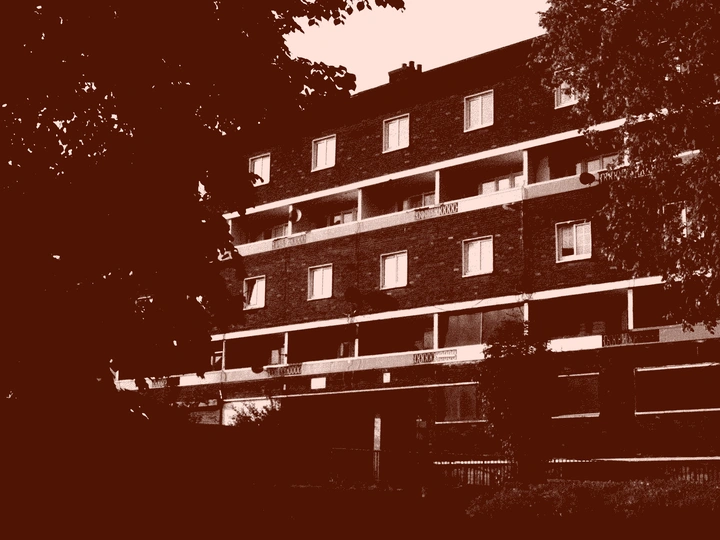Spatial Transitions

I am a writer, community organiser, researcher, gardener, trans person. I wear and have worn many different hats, all of which inform my practice.
Notable achievements include the 2024 award form the department of English at Maynooth University for an outstanding creative writing thesis, an early draft of Spatial Transitions.
I’m a proud member of the Community Action Tenants’ Union (CATU). I’m currently helping to organise the CATU Housing Justice Summer School at which I will be co-facilitating panels and workshops with researchers and international tenant union members.
I’m also in the process of establishing a community gardening project with my neighbours which is helping us build a sense of home within these painfully temporary rented spaces.
I have always been interested in space and architecture. Even after I dropped out of architecture school, the experience and understanding of space that I gained from two years of architectural education continues to inform much of my practice. In particular, the intersection between domestic (care) activities and space is a strong interest of mine. Whenever I enter a new space, regardless of its intended use, I am always met with the thought ‘could I live here?’, followed by a quick mental exercise of how I would reorganise the space to meet my minimal needs. This I understand to be a product of trauma, growing up socially closeted, and in a bedroom that was physically not much bigger than a closet.
My aspiration as a writer and an artist is to collectivise my experiences, thereby building a community focused on radical self expression and bodily autonomy. This process is an ongoing act of recovery, one which requires care, community and a space to exist in.
In practice, I am a writer, housing activist and community organiser. As a renter, my housing situation is insecure on an island now defined by its housing crisis. As a trans person (which brings its own precarities in the present political moment), I don’t necessarily have access to my family home in the case of eviction. Community organising helps me to feel secure and supported by my community. This support has come to define how I think about home; not necessarily rooted in space, but rooted in place that is defined by social dependences and interconnectedness.
My project draws on these conditions; it also has a specific origin in my experience supporting a fellow trans person and dear friend to travel from Ireland to Spain in order to receive gender-affirming surgery. Writing was one of the only ways I was able to find to process the unique trauma associated with this experience. Spatial Transitions is derived from that journey, which made explicit these precarities and dependencies.
My writing is focused on space and place. Spatial Transitions is a series of written fragments rooted in spaces I have occupied. This form of writing is an attempt at spatial grounding, trying to root myself in spaces which I only have the temporary privilege of occupying. The technique of spatial writing, which attempts to flatly portray the details of space in words, is something I took with me from architecture school. In fact, I have never been able to write flatly or objectively; the passages and fragments I produce always end up containing a bit of my experience in the world – as a renter, and as a trans person critically aware of how spaces are implicated in the reproduction of social fictions.
I would like to develop this project (currently c. 10k words), through further writing/spatial inquiry into a book. I would also like to collaborate with other spatial practitioners and artists to further explore these ideas physically and visually.